Are you looking to add a second layer of asphalt shingles to your roof?
It's a common question among homeowners who want to save money and time on roof repairs.
While adding a second layer of shingles is possible, it's not always recommended due to potential issues with weight, ventilation, and durability.
In this article, we'll guide you through the process of adding a second layer of shingles, highlighting the benefits and drawbacks along the way.
By the end, you'll clearly understand whether this option is right for you and your roof.
Why Do Some Homeowners Add A Second Layer of Shingles?
Adding a second layer of shingles to your roof might seem like a good way to save money and time, but it's not recommended.
While it's true that leaving the old shingles in place can be less expensive than removing them, it's likely to cause more problems in the long run.
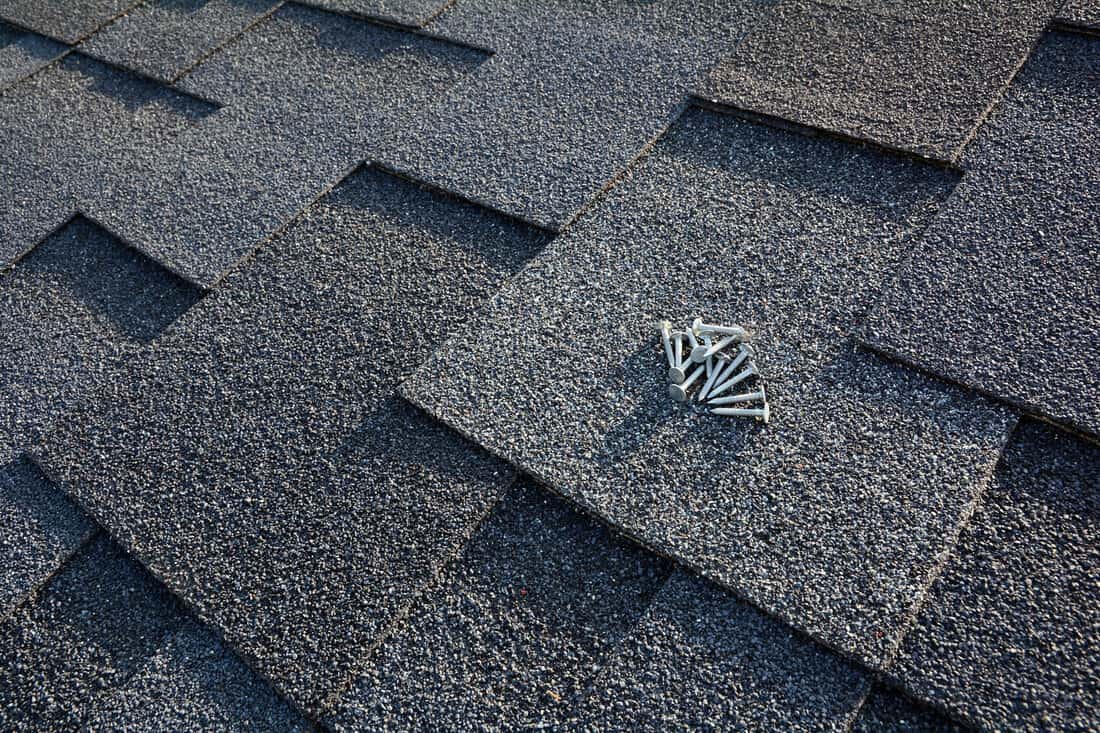
For one thing, you'll still need to do a lot of prep work, such as removing warped shingles and adding new flashing.
Plus, you'll have to dispose of two layers of shingles the next time you need to replace your roof, which can be twice as expensive.
So, while adding a second layer of shingles may seem like a quick fix, removing the old ones and installing new ones is usually better.
You might also like: Can You Put A Metal Roof Over Wood Shingles?
Why We Don't Recommend Adding A Second Layer Of Asphalt Shingles
Although we don't recommend overlaying your asphalt shingles, it still depends on your unique situation.
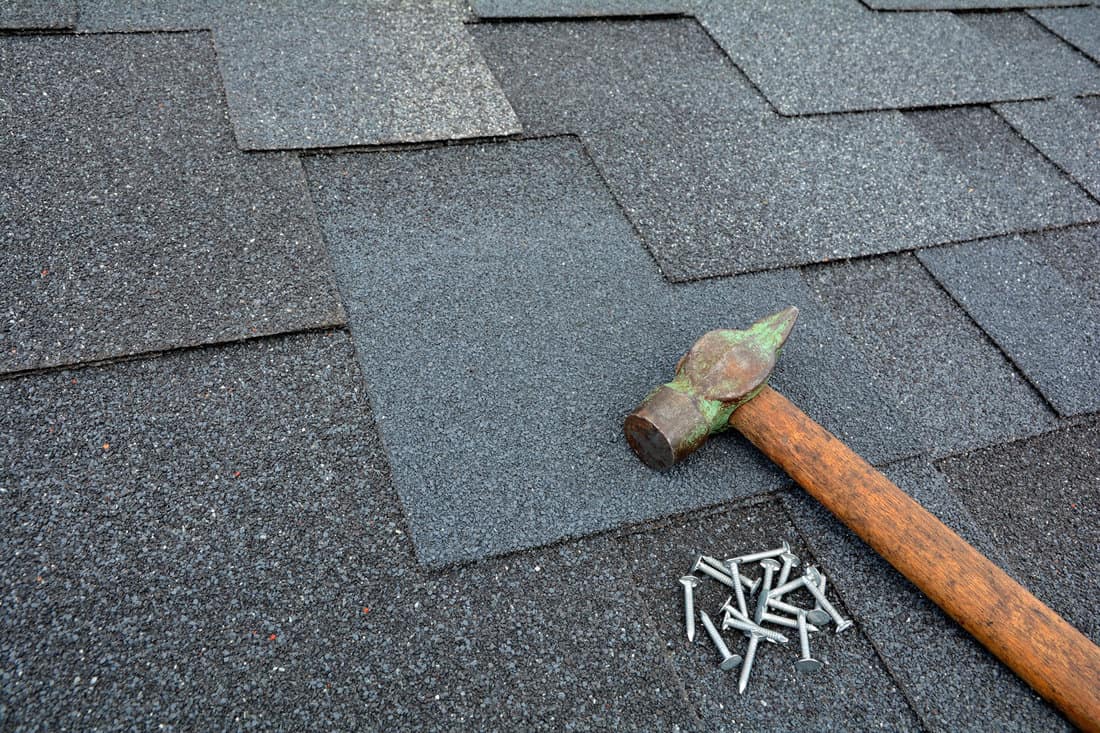
So, we've listed a few drawbacks for you to note when deciding whether to add a second layer of asphalt shingles.
Shingles Are Intended for Flat Surfaces
Adding a second layer of shingles to your roof will create an uneven surface. Shingles are designed to be installed on a flat surface.
If you add a second layer, the uneven seams and imperfections of the old roof will be evident on the second layer.
It would not look as good if you opted for a complete tear-off and installed new ones.
It Hinders Visual Inspections
A second layer of shingles can make it challenging to inspect the roof for damage or wear and tear. This can lead to problems going unnoticed until they become serious issues.
It is important to be able to inspect your roof regularly to catch any problems early.
You’ll Have Trouble Replacing the Underlayment
If you need to replace the underlayment on your roof, adding a second layer of shingles will make it much more difficult.
You will need to remove the second layer of shingles before replacing the underlayment, which can be time-consuming and expensive.
Adding Shingles Means More Weight
A second layer of shingles means more weight on your roof. This can cause problems such as sagging or even collapse.
We may include affiliate links and curated AI content to highlight top design styles.
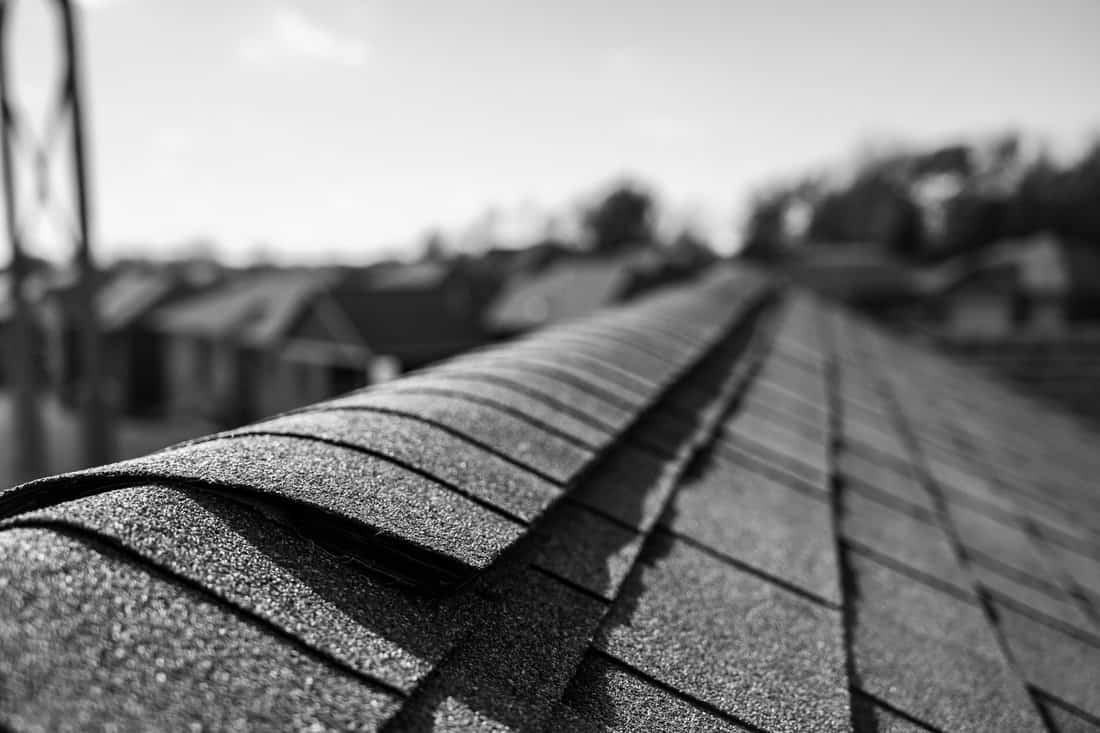
Your roof is designed to support a certain amount of weight, and adding a second layer of shingles can exceed that weight limit.
Related reading: What Causes A Sagging Roof? A Guide For Homeowners
Can Potentially Void Your Warranty
It's important to note that adding a second layer of shingles to your roof can significantly affect your warranty and insurance coverage.
Many shingle manufacturers will void their warranty if a second layer of shingles is added to the roof.
Insurance companies may also refuse to pay for roof repairs if they see that the installation does not match the manufacturer-intended installation.
Won’t Add Any Value to Your Home
While you can save money on the repair or replacement, it's the new homeowners who will end up paying the extra expense of a two-layer tear-off down the line.
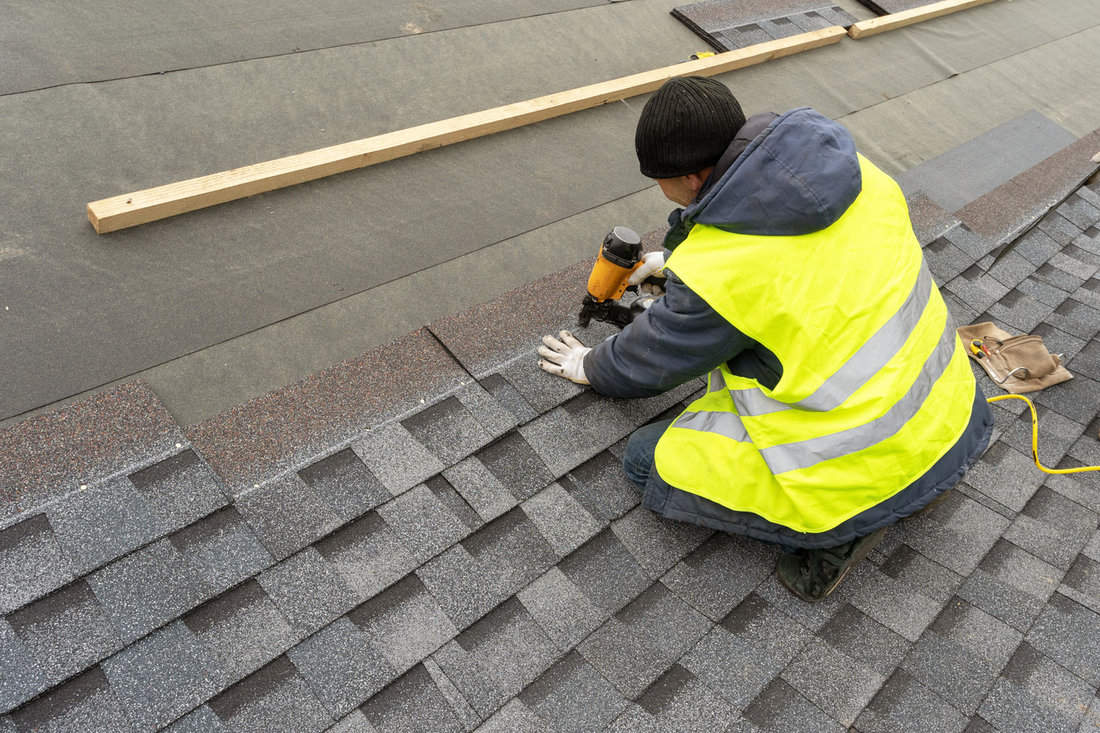
In addition to the added expense, they must accept the risk of sagging, leaks, and underlayment damage. This can lead to decreased property value.
How Do You Add a Second Layer of Asphalt Shingles?
If you're still looking to add a second layer of asphalt shingles to your roof after weighing the drawbacks above, here's a step-by-step guide to help you along the way.
Evaluate Whether You Need a Pro-Roofing Contractor
Before starting a roofing project, consider whether you have the necessary skills to handle it.
While doing the work yourself can save 50% of the cost of a professionally contracted roofing job, evaluating the risks and time commitment is important.
Consider the pitch of the roof, the temperature, and your comfort with heights.
Steep roofs can be particularly dangerous, so it may be best to hire a professional roofing contractor if you're uncomfortable with the risks.
In addition to safety concerns, it's important to consider the time and effort required to complete the project.
Doing the work yourself may take longer than hiring a pro roofing company, which can be inconvenient if you need to complete the project quickly.
Inspect the Existing Roof
Inspect your existing roof for damage or issues before adding a second layer of shingles.
Check the edge of the roof to make sure there's only one layer of shingles installed. Building codes usually allow up to two layers of shingles on a roof.
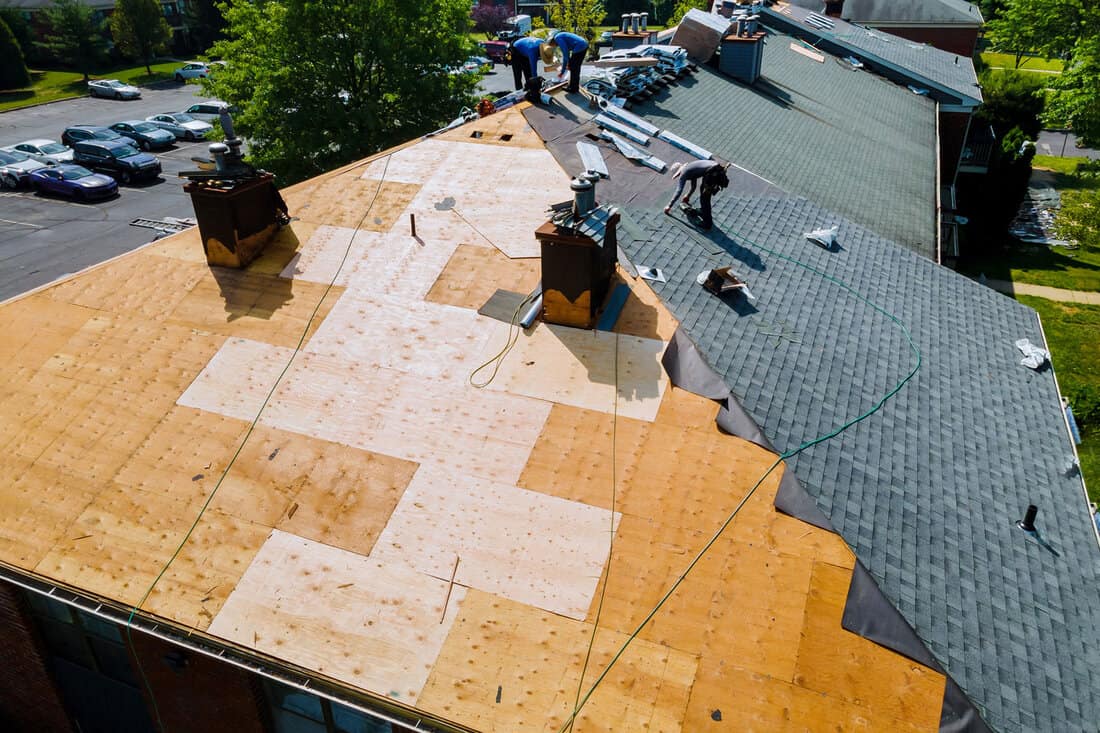
But adding more than two layers can be too much for the roof to handle, even if local building codes allow it.
If there are already two layers, remove the old ones before installing a new layer of shingles.
Look for signs of leaks, rot, or other damage that may need to be repaired before adding a new layer of shingles.
Also, examine the entire roof to determine the soundness of the wood roof decking.
Any sagging or excessively spongy areas can be evidence of rotting wood under the shingles. This damage needs to be repaired before adding more shingles.
By inspecting your existing roof, you can ensure that your new layer of shingles is installed on a secure and long-lasting foundation.
Repair Damages Before Reroofing
If you find any damage during your inspection, repairing the initial roofing is crucial before adding a second layer of shingles.
Require repairs may include replacing damaged roof decks, fixing leaks, or addressing any other issues that may compromise the integrity of your new roof.
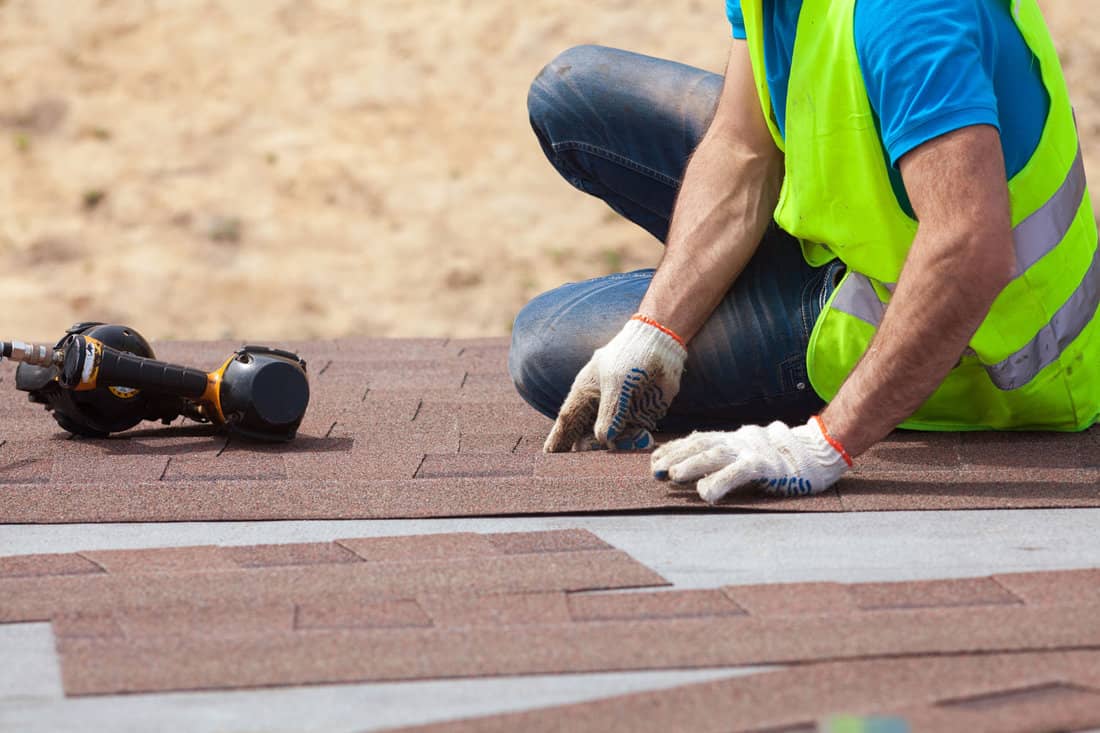
To repair damaged areas, remove the shingles and replace the damaged roof deck with a 3/4-inch OSB board.
Finally, add a layer of shingles over the repaired area before installing your second layer of shingles to ensure a level surface.
Install the Second Layer of Asphalt Shingles
Once your roof is ready, it's time to install the second layer of asphalt shingles. Here are the important steps to follow:
- Cover the landscaping. Protect any flowers and shrubs from falling shingles with a blue poly tarp.
- Cut shingle tabs to create the starter row shingle. It should be 1/2 the height and the same length as an uncut shingle.
- Apply the starter shingle along the length of the lowest edge, ensuring you create a level surface for the first course of new shingles.
- Secure with galvanized or zinc-coated nails. Select roofing nails that penetrate through the new layer of shingles, existing layer, and wood roof deck.
- Apply shingles to all roof planes, cutting to follow the profile of outside corners and ending a row of shingles at the ridge or peak.
- Weave shingle layers across valleys. This will create a strong water barrier.
- Apply plastic roof cement. Make sure to cover the roof vents, the base of fixtures, or drain pipes that break the roof surface.
Add the Roof Cap Shingles
Finally, add the roof cap shingles to the top of your new roof for added protection against leaks and other issues.
To create individual roof cap shingles, cut shingles into thirds and install them along the corners, making sure they overlap towards the top edge of the ridge.
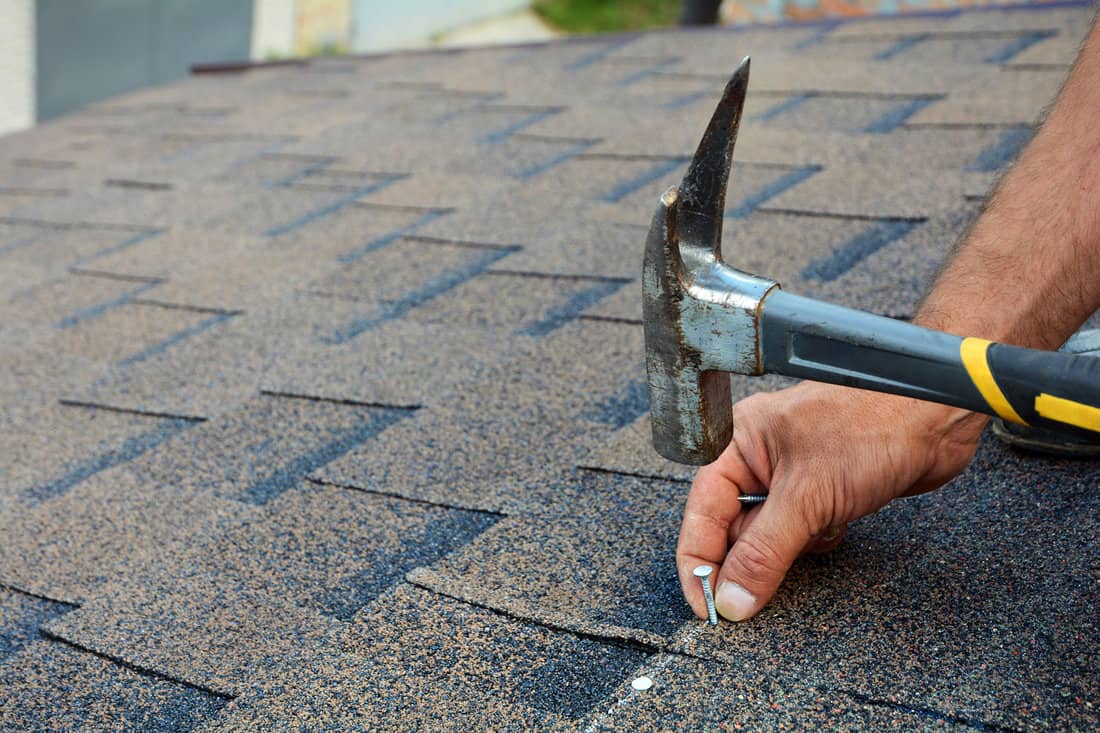
Next, apply roof cap shingles along the roof's peak, overlapping the shingles on each side of the peak and securing them with one nail on each side.
Cut the final roof cap shingle in half, apply it with two nails, and seal the surface with a small amount of plastic roof cement over the nail head.
Continue reading: Rake Edge Vs. Drip Edge: What’s The Difference?
Putting It All Together
Adding a second layer of asphalt shingles to your roof can be a quick and affordable option, but it's important to do it right to ensure a long-lasting and secure installation.
Remember to take safety precautions while working on your roof.
Following these steps, you can add a second layer of asphalt shingles to your roof and extend its lifespan.
However, keep in mind that adding a second layer of shingles may not be suitable for all roofs and may affect the overall performance of your roof.
It's recommended to consult with a professional roofer before proceeding with this installation.


![Get Your Roof Ready: How to Apply Aluminum Roof Coating [Step by Step Guide]](https://homedecorbliss.com/wp-content/uploads/2023/08/shutterstock_1624204837-600x400.jpg)
